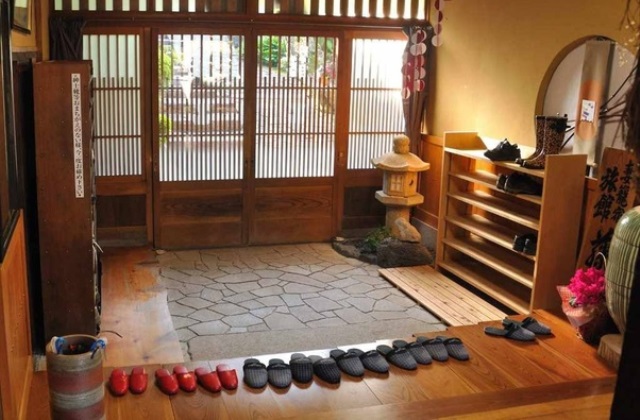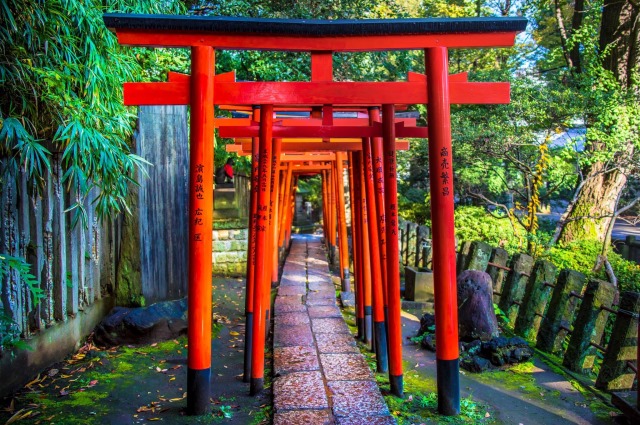nastya
Sakura blossom time (part 1)
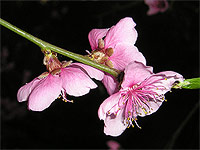 Haaru, spring in Japanese, is the time of flowering of the “sakura” decorative cherry, which is associated with one of the most beautiful holidays of the Land of the Rising Sun. From the end of March to the beginning of April, Japan is completely transformed: hundreds of trees bloom everywhere with white and pinkish-white flowers, which makes it seem from afar that they are shrouded in clouds or covered in snow flakes. Every year, many people gather in parks, alleys, gardens, near palaces and temples to enjoy a truly beautiful and breathtaking sight. This custom is called “hanami” (from the words “hana” – a flower and “mi” – to watch), which literally means “viewing flowers”.
Haaru, spring in Japanese, is the time of flowering of the “sakura” decorative cherry, which is associated with one of the most beautiful holidays of the Land of the Rising Sun. From the end of March to the beginning of April, Japan is completely transformed: hundreds of trees bloom everywhere with white and pinkish-white flowers, which makes it seem from afar that they are shrouded in clouds or covered in snow flakes. Every year, many people gather in parks, alleys, gardens, near palaces and temples to enjoy a truly beautiful and breathtaking sight. This custom is called “hanami” (from the words “hana” – a flower and “mi” – to watch), which literally means “viewing flowers”.
Sakura is the national symbol of Japan, which is devoted to many songs and poems. Continue reading
Canons of awakening (part 2)
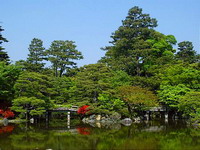 FLOWERING TIME
FLOWERING TIME
The canons of awakening In our time, everyone goes to the khans, but just like centuries ago, only when all things are completed. And just as in ancient times, the long-awaited spring for the Japanese is fleeting and limited to only one period of sakura blossom. With the beginning of flowering, forecasts are broadcast along with weather forecasts when the buds of the trees bloom in all areas of Japan. For this short period, the Japanese, no matter how busy he is, will surely make time to go out into the nature to admire the flowering trees. Few people now compose verses about the mortal nature of life under the falling sakura petals, but some companies gather under the canopy of flowering trees in whole departments for a kind of training: at a fun “breakfast on the grass” with colleagues and superiors it is much easier to get free and express your opinion if you were afraid to do it on work. Continue reading
Canons of awakening (part 1)
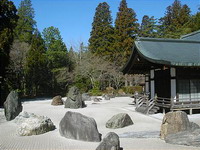 Despite the rather mild winters, with the exception of the northern island of Hokkaido, the onset of spring in Japan is expected throughout the country. In addition to the usual hormonal process that takes place in the body of every person at the time of the awakening of nature, psychological metamorphosis also occurs in the spring with the Japanese. And the reason for this is the millennial philosophical traditions and religious practices.
Despite the rather mild winters, with the exception of the northern island of Hokkaido, the onset of spring in Japan is expected throughout the country. In addition to the usual hormonal process that takes place in the body of every person at the time of the awakening of nature, psychological metamorphosis also occurs in the spring with the Japanese. And the reason for this is the millennial philosophical traditions and religious practices.
If it were possible to draw an analogy between the seasons and the estates of ancient Japan, I would probably liken summer to hardworking peasants and craftsmen, autumn to sad romantic samurai, leave winter to greedy merchants, and compare the colorful soft spring with a refined palace aristocracy. Continue reading

